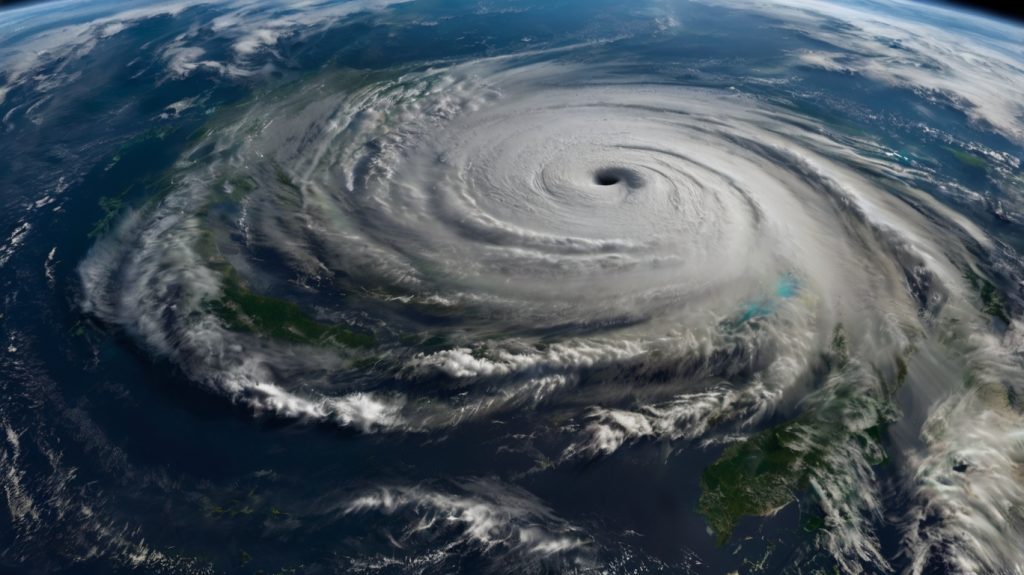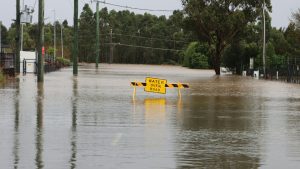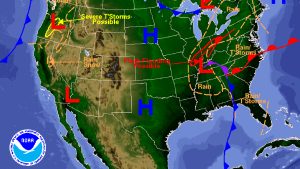What Is a Hurricane?
A hurricane is a type of tropical cyclone, a rapidly rotating storm system characterized by a low-pressure center, thunderstorms, strong winds, and heavy rain. These storms form over warm ocean waters and can span hundreds of miles, with wind speeds exceeding 74 mph (119 km/h).
How Do Hurricanes Form?
Hurricanes require several key ingredients:
- Warm ocean water (at least 80°F or 27°C)
- Moist air rising from the sea surface
- Coriolis force to initiate the spin (only occurs away from the equator)
- Low wind shear, so the storm can grow vertically without disruption
As warm, moist air rises, it cools and condenses, releasing heat and forming towering thunderclouds. This cycle fuels the storm, allowing it to intensify and develop a defined eye and eyewall.
The Anatomy of a Hurricane
- Eye: Calm, clear area at the center of the storm
- Eyewall: Ring of towering thunderstorms with the strongest winds
- Rainbands: Spiral bands of rain and storms extending from the center
- Outflow: Air spreading out at the top of the storm, aiding in ventilation
Hurricane Categories (Saffir-Simpson Scale)
| Category | Wind Speed (mph) | Damage Level |
|---|---|---|
| 1 | 74–95 | Minimal |
| 2 | 96–110 | Moderate |
| 3 | 111–129 | Extensive |
| 4 | 130–156 | Extreme |
| 5 | 157+ | Catastrophic |
Hurricane Safety Tips
- Know your evacuation routes
- Keep a hurricane kit with food, water, and medications
- Stay updated with NOAA Weather Radio or apps
- Follow official instructions promptly
Fascinating Hurricane Facts
- Hurricanes rotate counterclockwise in the Northern Hemisphere and clockwise in the Southern Hemisphere.
- The deadliest U.S. hurricane was the 1900 Galveston hurricane, killing over 8,000 people.
- The energy released by a hurricane can equal 10,000 nuclear bombs per day.
Conclusion
Hurricanes are awe-inspiring yet destructive forces of nature. Understanding how they form and behave can help you stay safe and informed during hurricane season. For storm chasers, hurricanes offer a unique (and risky) opportunity to observe powerful atmospheric dynamics in action.




